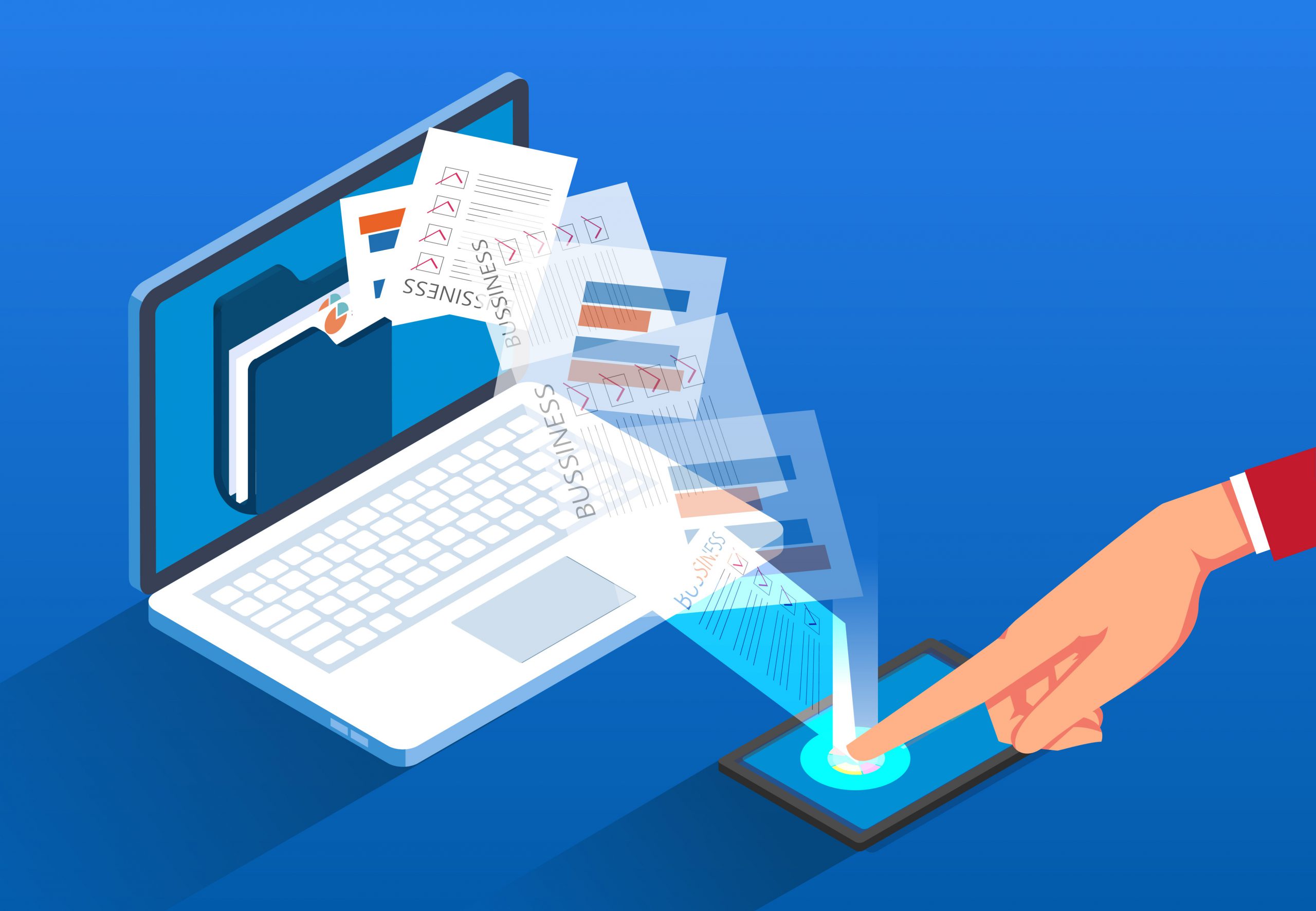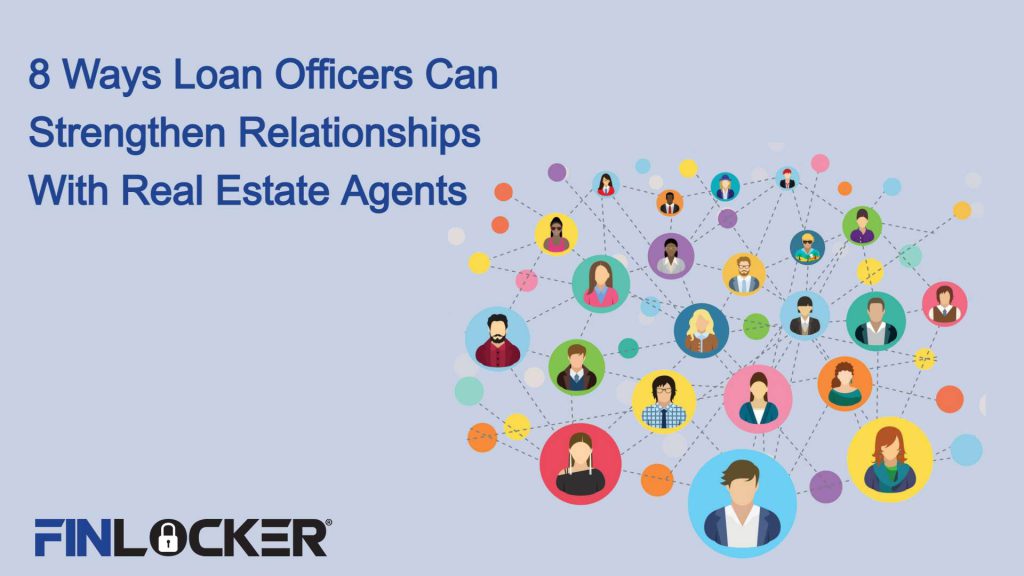Consumer-permissioned data puts the consumer in control of what transactional data they share with a lender, insurance company, other financial institutions, or service providers.
What is consumer-permissioned data?
Consumer-permissioned data is personal transactional data that a consumer grants permission for a business to access on their behalf. Examples include online banking or bank transaction data such as checking, savings, and investments.
The consumer provides permission to the lender to securely access the data on their behalf by entering their username, password, or other authentication credentials directly into the lender’s online application or loan processing portal themselves.
Benefits of using consumer-permissioned data in the lending process
At first glance, the idea of giving a lender access to their personal and financial information might make a consumer cringe. The reality is that consumer-permissioned data will protect a consumer’s information during the lender process significantly more than faxing, emailing, and mailing their personal and financial documents.
Consumer-permissioned data is a win-win for consumers and lenders. Consumers don’t need to track down, copy or print hard copies of bank statements and W-2s for insistence.
Instead, the consumer gives a lender electronic access to retrieve specific financial data from their financial accounts, which they need for a lending decision. This process helps prevent repeated requests for information as emails and printed documents that can be accidentally deleted or lost due to human error during the application process. Having all personal and financial information provided electronically gives the lender the ability to make faster, more accurate decisions.
Establishing trust drives business
Empowering consumers to control what data they share, when they share it, and to whom they share it establishes an additional layer of trust between the consumer and lender. When consumers are convinced an organization is protecting their personal data, 40% of consumers increase their transactions, 39% increase spending, and 49% go on to tell friends and family about their positive experience with an organization, according to Capgemini.
How FinLocker empowers homebuyers with consumer-permissioned data
FinLocker uses consumer-permissioned data to provide homebuyers with an extra layer of protection when deciding to share their personal and financial documents with their lender for a mortgage application. The process puts homebuyers in the driver’s seat, providing them with an accurate and seamless way to securely transfer their financial data to their lender.
A FinLocker user can upload their personal and financial documents to their FinLocker account at any point along their journey towards mortgage readiness. When the consumer is ready to proceed with their mortgage application, they select which documents they want to share electronically with their lender. They can also decide to provide their lender with access to other financial data by signing in to their financial accounts using secure consumer-permissioned data protocols.
The trust built between consumer and lender during the entire journey to mortgage readiness using FinLocker culminates in the consumer-permissioned data transfer to provide a seamless mortgage application process.




